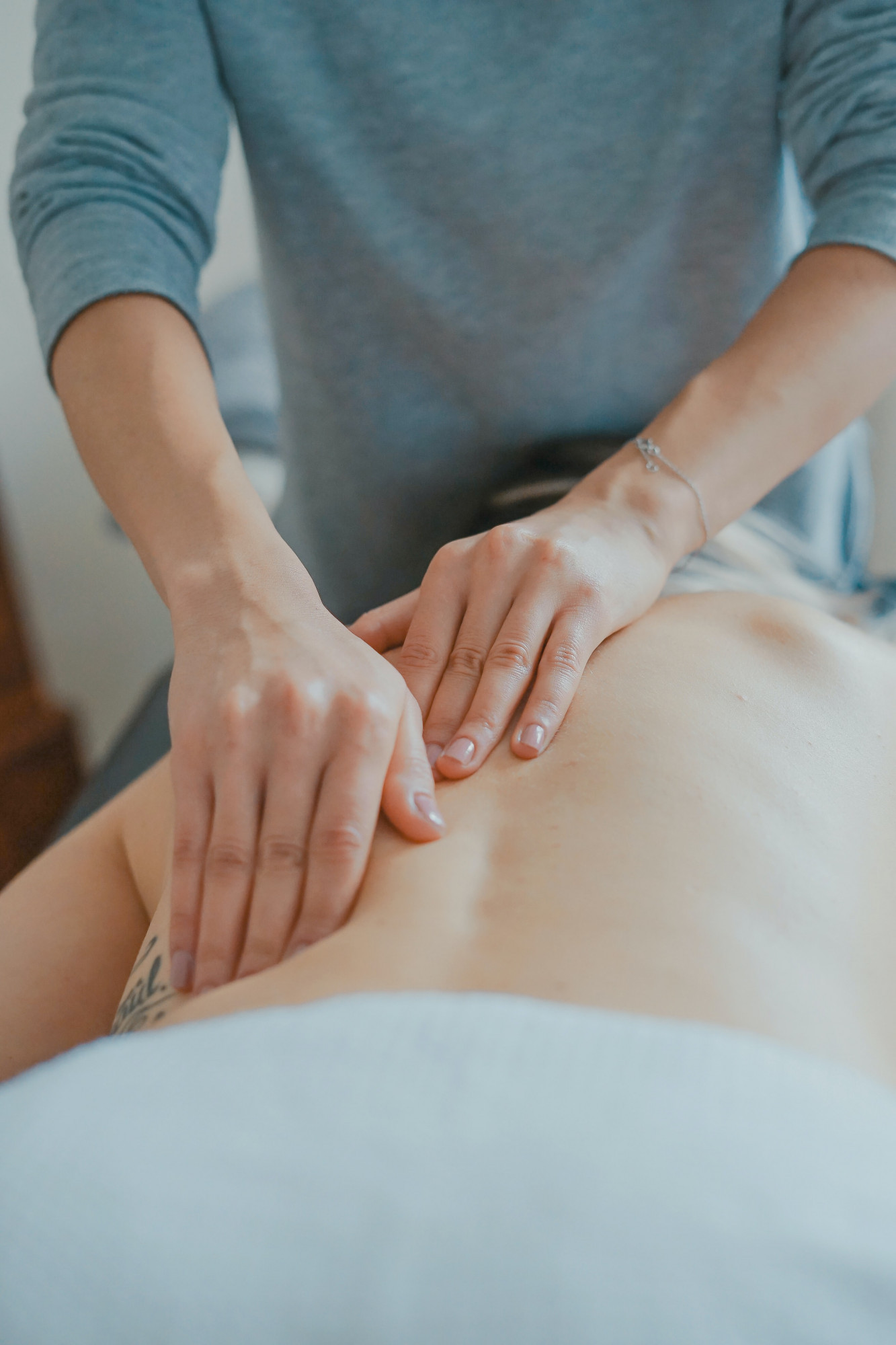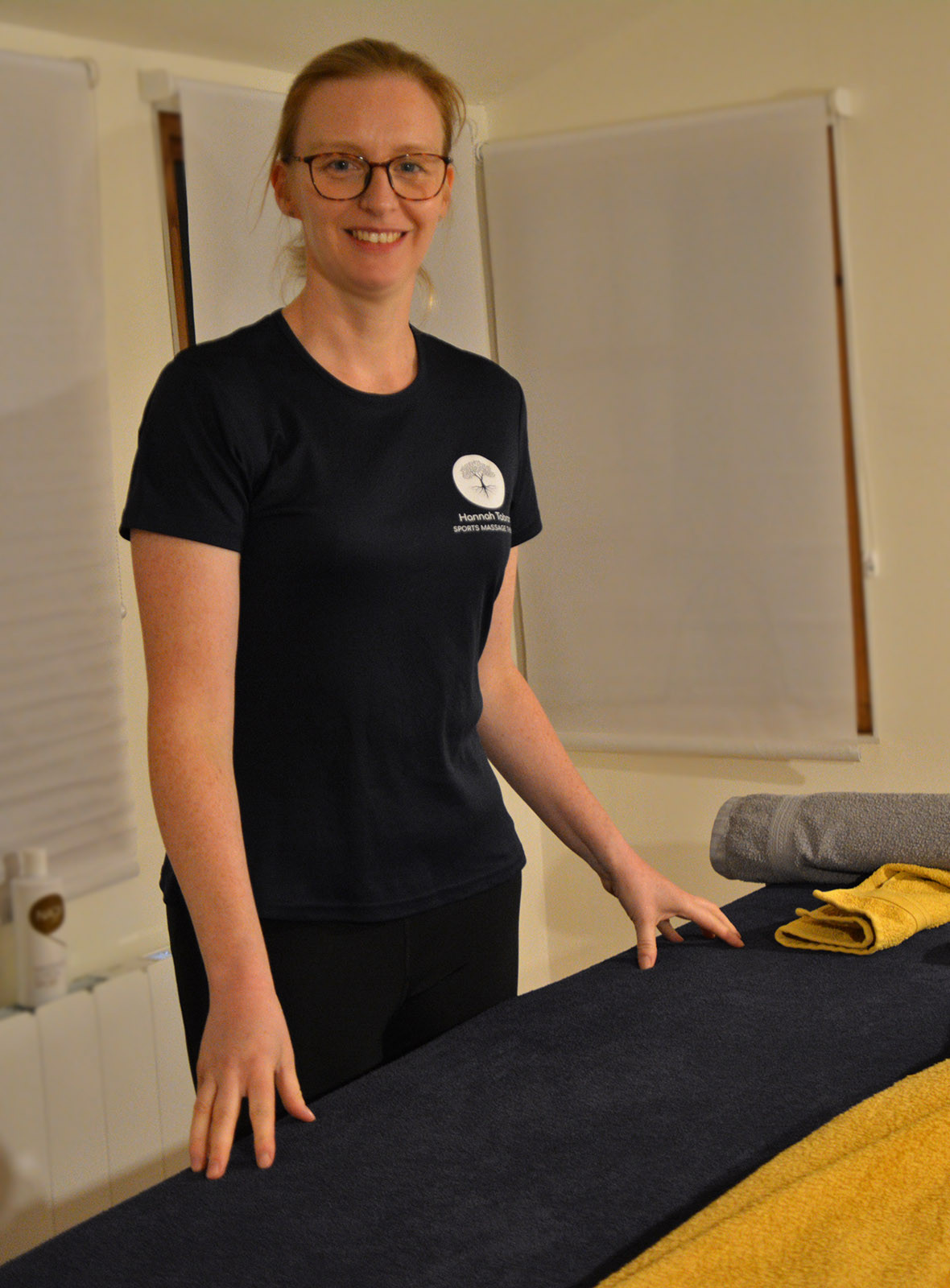30, 60 or 90 minute Sports massage treatment sessions available
Sports massage is the use of specific therapy techniques in an athletic context to improve recovery time, enhance performance and reduce the risk of injury. This is accomplished using techniques that stimulate the flow of blood and lymph to and from muscles. Sports massage is often delivered before or after physical activity depending on the subject's needs, preferences and goals.
Is Sports Massage the right treatment for me?
Sports Massage refers to a broad approach to massage therapy rather than a specific type of massage for athletes. Although it was created to help improve sporting achievement and reduce any pain and injury caused from participation, its results-oriented method makes it highly effective for anyone, particularly those intending to increase flexibility, alleviate tight or tender muscles, or tackle postural or related pain.
Runners, cyclists, golfers, footballers, cricketers, as well as DIY and gardening enthusiasts, busy parents, those on their feet, or spending all day at a desk, anyone can benefit from Sports Massage.
Book nowPricing
- 30 minute appointment £39
- 60 minute appointment £50
- 90 minute appointment £70
Pre-treatment information
Before your treatment, there are a few things that you need to bear in mind.
Find out moreBlock booking discount
Book a block of treatment and save - ideal for those training for an event, or those who like to get organised well in advance!
| Block | Price | Action |
|---|
| 5 x 30 minute appointments | £180.00 (£36.00 per massage) | Book now |
| 5 x 1 hour appointments | £225.00 (£45.00 per massage) | Book now |
Gift cards
My gift cards are sent by email and redeemed online via my booking system.
Buy gift cards

